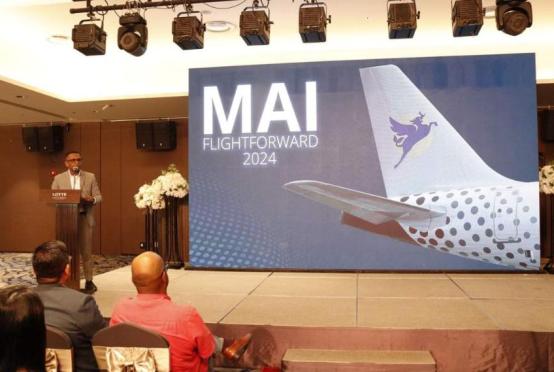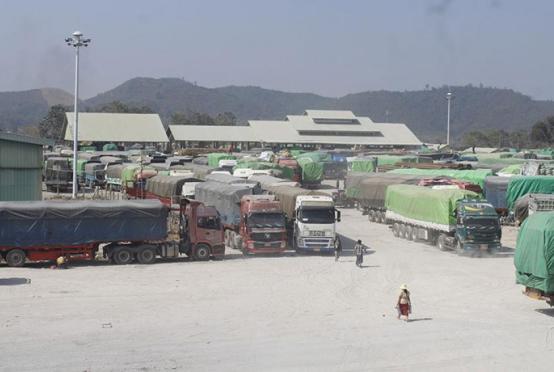
Despite facing political headwinds from the United States, Chinese giant Huawei Technologies Co announced on Friday it continues to win the hearts of customers worldwide, setting a good example that its sales revenue rounded off at 721.2 billionyuan, up 19.5 per cent year-on-year.
Guo Ping, the firm’s rotating chairman, said in its annual report for 2018 that Huawei is fully confident to maintain robust growth this year, driven by the firm’s continued focus on ICT infrastructure and smart devices.
“In the face of suspicion and exclusion, the trust of our customers is our greatest motivation,” he said.
“We are confident that the companies that choose to work with Huawei will be the most competitive in the 5G era. And countries that choose to work with Huawei will gain an advantage for the next wave of growth in the digital economy.”
Last year, the firm’s net profit reached 59.3 billionyuan, up 25.1 per cent year-on-year. Huawei invested 101.5 billion yuan (14.1 per cent of its sales revenue) in research and development in 2018 alone. Its investment in R&D has reached more than 480 billionyuan in the past decade.
According to Ping, cyber security and user privacy protection are at the top of Huawei’s agenda.
“We actively protect our own intellectual property rights and respect the rights of others. We have signed cross-licensing agreements with many companies around the world,” he said.
More than a decade ago, Huawei began researching 5G, and became the first company to develop large-scale 5G commercial deployment capabilities.. As of February 2019, the firm has signed more than 30 5G commercial contracts with leading global carriers, and has shipped more than 40,000 5G sites around the world.
“Looking ahead, we will continue to invest heavily in R&D to build the simplest possible networks. For standalone 5G, we will work hard to build the simplest network architecture, the simplest sites, and the simplest transaction models. We will make operations and maintenance easier,” he said.
The executive pledged to continue improvingHuawei’s software engineering capabilities and practices, and ensure that security and privacy protection requirements are embedded into all activities throughout the lifecycle of product design, development, and delivery.
“We see this as a strategic priority,” he said, adding that the firm has an end-to-end security assurance system.
“Over the past three decades, we have built more than 1,500 networks together with our carrier customers, serving over three billion people in more than 170 countries and regions around the world.”
At the end of 2018, the firm’smanagement approved a formal resolution to invest an initial budget of US$2billion for a companywide transformation aimed at enhancing its software engineering capabilities.
“We now have mature business continuity and emergency response plans, and conduct regular training and drills to ensure effective management of business risks,” said Ping.
Last year, the sales revenue of Huawei’s carrier business reached 294 billionyuan, roughly the same as the year prior while its enterprise business reached 74.4 billionyuan, up 23.8 per cent year-on-year.In its cloud business, the firm has more than 6,000pertners in this domain, and is actively exploring the use of its AI services in more than 200 projects across 10 major industries. The consumer business significantly improved, resulting in sales revenue of 348.9 billionyuan, up 45.1 per cent year-on-year.
Ping said the firm’s enterprise business must focus on a specific set of application scenarios, and its cloud business needs to further develop its AI capabilities and hone its competitive edge in enterprise services.
“It needs to establish a stronger presence in e-government, automotive ICT components, and safe city domains, and maintain high-speed growth with healthy gross margins,” he said.
“With smartphones as the pillar and AI as the driver, our consumer business will continue to develop an ecosystem that builds on chip-device-cloud synergy for both hardware and services.”
Ping stressed the need to get rid of organisational formalities, have less coordination, reduce decision-making layers, hold fewer and shorter meetings, and reduce the number of non-operational personnel.
“Our organization needs to be structured in a way that’s conducive to business operations and success. All of our teams need to focus on growing the harvest and cultivating long-term business fertility. We also need to remove unnecessary organisational layers and processes,” said Ping.
“We will not survive without these changes,” he warned.















